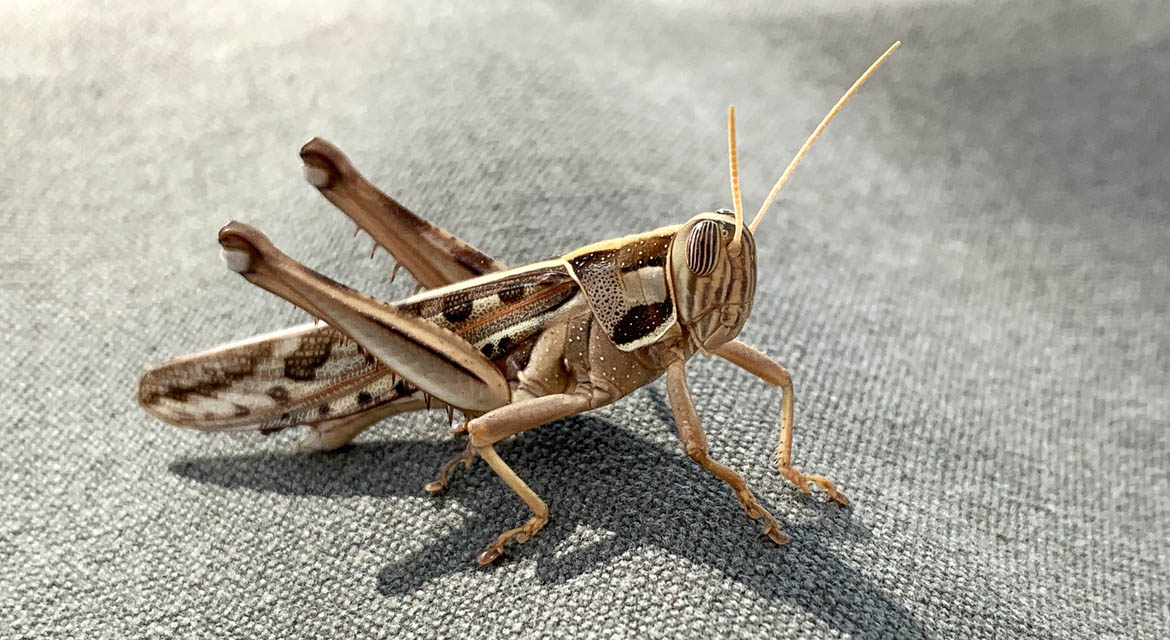Cricket Facts & Information
Cricket Overview
Crickets are a fascinating and diverse group of insects belonging to the Gryllidae family, known for their distinctive chirping sounds that fill the warm summer nights in many parts of the world. These small, nocturnal creatures are characterized by their elongated bodies, long antennae, and powerful hind legs equipped for jumping. Crickets come in various species, each with unique characteristics and behaviors. They are primarily herbivores, feeding on plants, leaves, and occasionally scavenging on dead insects. Their chirping is produced by rubbing their wings together, a behavior mainly associated with males seeking to attract females or establish territory. Beyond their role in creating the familiar sounds of summer, crickets play essential ecological roles as both prey and predators in various ecosystems, making them a vital component of the natural world.
What do Crickets Look Like?
Crickets are small insects typically measuring between 0.2 to 2 inches (0.5 to 5 centimeters) in length, although size can vary among species. They have an elongated, cylindrical body covered in a tough exoskeleton that can range in color from brown to black, often with various patterns and markings. Crickets possess long, slender antennae that can be as long as or even longer than their bodies, helping them navigate their surroundings and detect sensory cues. Their most distinctive feature is their powerful hind legs, which are adapted for jumping and leaping, allowing them to make rapid escapes from predators or cover relatively large distances in search of food or mates. Crickets also have two pairs of wings, with the front pair being leathery and used as a protective shield, while the rear pair is thinner and employed in producing their characteristic chirping sounds.

Not the pest you are looking for?
Check out our pest library to see what other pests we have articles on
Cricket Treatment
Cricket pest control involves the management and mitigation of cricket infestations that can be particularly troublesome in certain situations. Crickets, when present in large numbers, can damage crops, gardens, and structures, as well as create noise disturbances in urban areas. Pest control methods for crickets typically include both preventive and remedial measures. Preventive strategies involve reducing attractants such as outdoor lighting, maintaining clean and dry surroundings, and sealing entry points into homes or buildings. Remedial actions often involve the use of insecticides, traps, or natural predators like birds and spiders to control cricket populations. Integrated pest management (IPM) techniques are increasingly preferred, emphasizing a combination of strategies to minimize the use of chemicals and promote sustainable, environmentally friendly approaches to cricket pest control.

